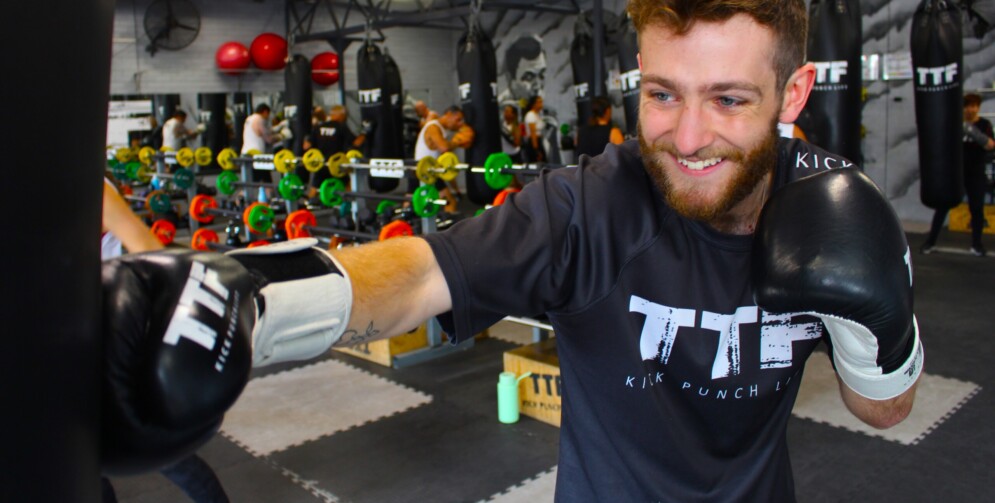Physiological Basis of VO₂max
VO₂max is governed by the Fick principle, which states:
VO₂ = Q × (CaO₂ − CvO₂)
where Q is cardiac output and (CaO₂ − CvO₂) is the arteriovenous oxygen difference. Thus, VO₂max depends both on the heart’s ability to pump blood and the muscles’ capacity to extract and utilize oxygen :contentReference[oaicite:0]{index=0}.
Cardiac Output
Cardiac output (stroke volume × heart rate) increases markedly during exercise. Trained athletes often exhibit higher stroke volumes, allowing more oxygenated blood to reach working muscles per heartbeat :contentReference[oaicite:1]{index=1}.
Peripheral Adaptations
Skeletal muscles adapt through increased capillary density, mitochondrial biogenesis, and enhanced oxidative enzyme activity. These changes boost the arteriovenous oxygen difference and contribute significantly to improvements in VO₂max :contentReference[oaicite:2]{index=2}.
Measuring VO₂max
The gold-standard assessment uses indirect calorimetry during graded exercise tests, typically on a treadmill or cycle ergometer. Subjects wear a mask to capture expired gases, and exercise intensity increases until volitional exhaustion.
Laboratory Protocols
Common protocols include the Bruce treadmill test and the Astrand bike test. Criteria for true VO₂max attainment include a plateau in VO₂ despite increased workload, a respiratory exchange ratio >1.10, and heart rate within 10 beats/min of age-predicted maximum :contentReference[oaicite:3]{index=3}.
Field Tests
When laboratory access is limited, field tests like the Cooper 12-minute run or shuttle run (beep test) can estimate VO₂max. These rely on validated equations but lack the precision of direct measurement :contentReference[oaicite:4]{index=4}.
Determinants and Variability
VO₂max is influenced by genetic predisposition, age, sex, altitude, and training status. Peak VO₂max values vary widely: elite endurance athletes may exceed 70 mL·kg⁻¹·min⁻¹, whereas sedentary individuals often range between 25–40 mL·kg⁻¹·min⁻¹ :contentReference[oaicite:5]{index=5}.
Genetic Factors
Heritability estimates for VO₂max range from 25% to 50%. Polymorphisms in genes related to cardiovascular function and mitochondrial biogenesis play roles in baseline levels and trainability :contentReference[oaicite:6]{index=6}.
Age and Sex
VO₂max typically peaks in the 20s–30s and declines by ~1% per year thereafter. Men generally have 10–15% higher VO₂max than women of similar age and training due to differences in hemoglobin concentration and muscle mass :contentReference[oaicite:7]{index=7}.
Training Effects on VO₂max
Endurance training elicits cardiovascular and muscular adaptations that raise VO₂max. The magnitude of improvement depends on training intensity, volume, and initial fitness level.
High-Intensity Interval Training (HIIT)
HIIT protocols—alternating intense bouts (≥90% HRₘₐₓ) with rest—produce significant VO₂max gains in as little as 3–4 weeks. Wisløff et al. (2007) demonstrated a 46% increase in VO₂max with HIIT versus 14% with moderate continuous training in heart failure patients :contentReference[oaicite:8]{index=8}.
Continuous Endurance Training
Moderate-intensity continuous training (60–75% HRₘₐₓ) over 12–16 weeks can raise VO₂max by 10–20% in untrained individuals. However, HIIT often yields greater improvements in a shorter timeframe :contentReference[oaicite:9]{index=9}.
VO₂max and Health Outcomes
Higher VO₂max correlates inversely with all-cause mortality, cardiovascular disease, and metabolic syndrome risk. Kodama et al. (2009) found each 3.5 mL·kg⁻¹·min⁻¹ (1 MET) increase in VO₂max reduces all-cause mortality by 13% :contentReference[oaicite:10]{index=10}.
Longevity and Quality of Life
Individuals in the highest VO₂max quartile experience up to 50% lower mortality than those in the lowest quartile. Enhanced cardiorespiratory fitness also preserves functional independence with aging :contentReference[oaicite:11]{index=11}.
Performance Implications
In endurance sports, VO₂max sets the ceiling for sustainable power output. However, running economy and lactate threshold also crucially determine performance at given intensities :contentReference[oaicite:12]{index=12}.
References
- Bassett DR Jr, Howley ET. Limiting factors for maximum oxygen uptake and determinants of endurance performance. Med Sci Sports Exerc. 2000;32(1):70–84. doi:10.1097/00005768-200001000-00012. (Link)
- American College of Sports Medicine. ACSM’s Guidelines for Exercise Testing and Prescription, 10th ed. Lippincott Williams & Wilkins; 2018.
- Wisløff U, Støylen A, Loennechen JP, et al. Superior cardiovascular effect of aerobic interval training versus moderate continuous training in heart failure patients: a randomized study. Circulation. 2007;115(24):3086–3094. doi:10.1161/CIRCULATIONAHA.106.675041. (Link)
- Kodama S, Saito K, Tanaka S, et al. Cardiorespiratory fitness as a quantitative predictor of all-cause mortality and cardiovascular events in healthy men and women: a meta-analysis. JAMA. 2009;301(19):2024–2035. doi:10.1001/jama.2009.681. (Link)
- Buchheit M, Laursen PB. High-intensity interval training, solutions to the programming puzzle. Sports Med. 2013;43(5):313–338. doi:10.1007/s40279-013-0029-x. (Link)
- Bouchard C, An P, Rice T, et al. Genomic predictors of training response. J Appl Physiol (1985). 2011;110(5):1163–1167. doi:10.1152/japplphysiol.00919.2010. (Link)
- Midgley AW, McNaughton LR, Jones AM. Training to enhance the physiological determinants of long-distance running performance: can valid recommendations be given to runners and coaches based on current scientific knowledge? Sports Med. 2007;37(10):857–880. doi:10.2165/00007256-200737100-00003. (Link)

